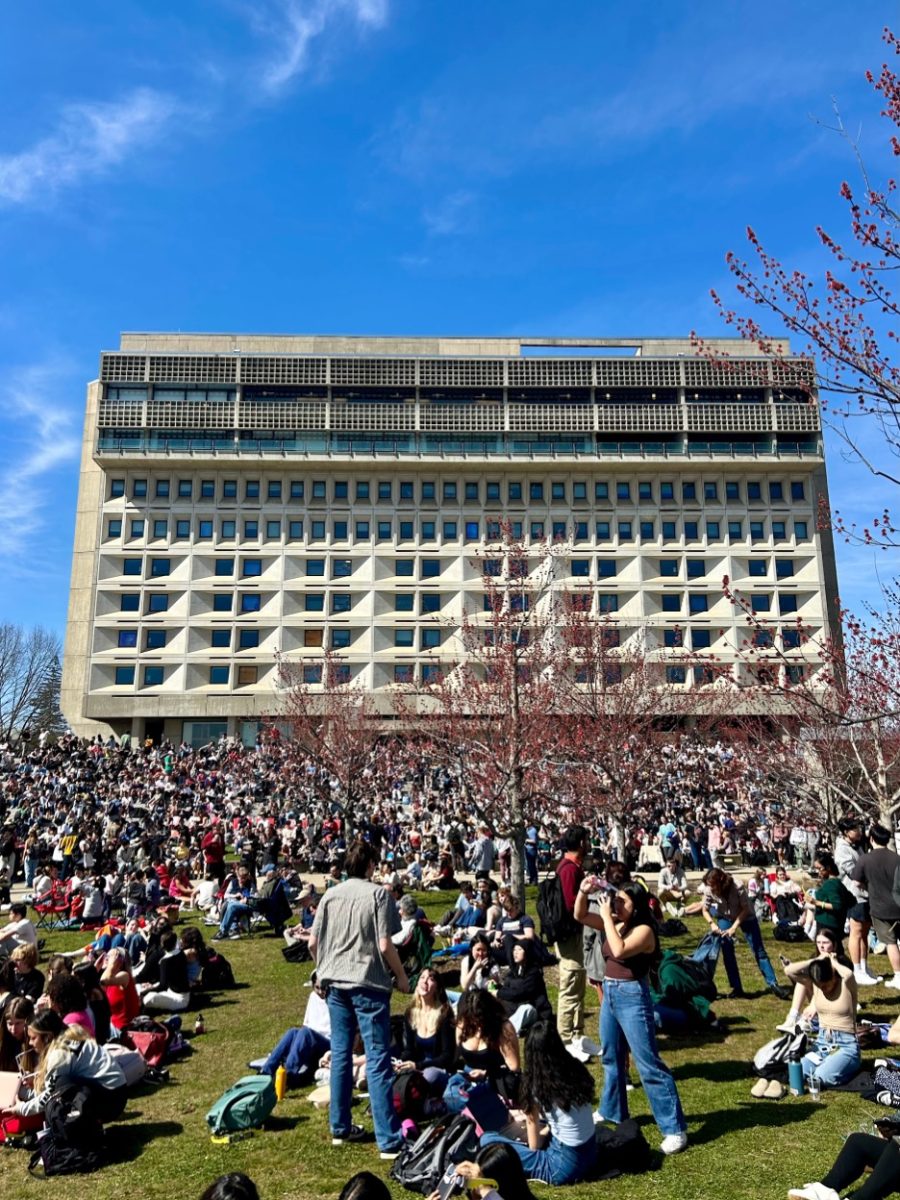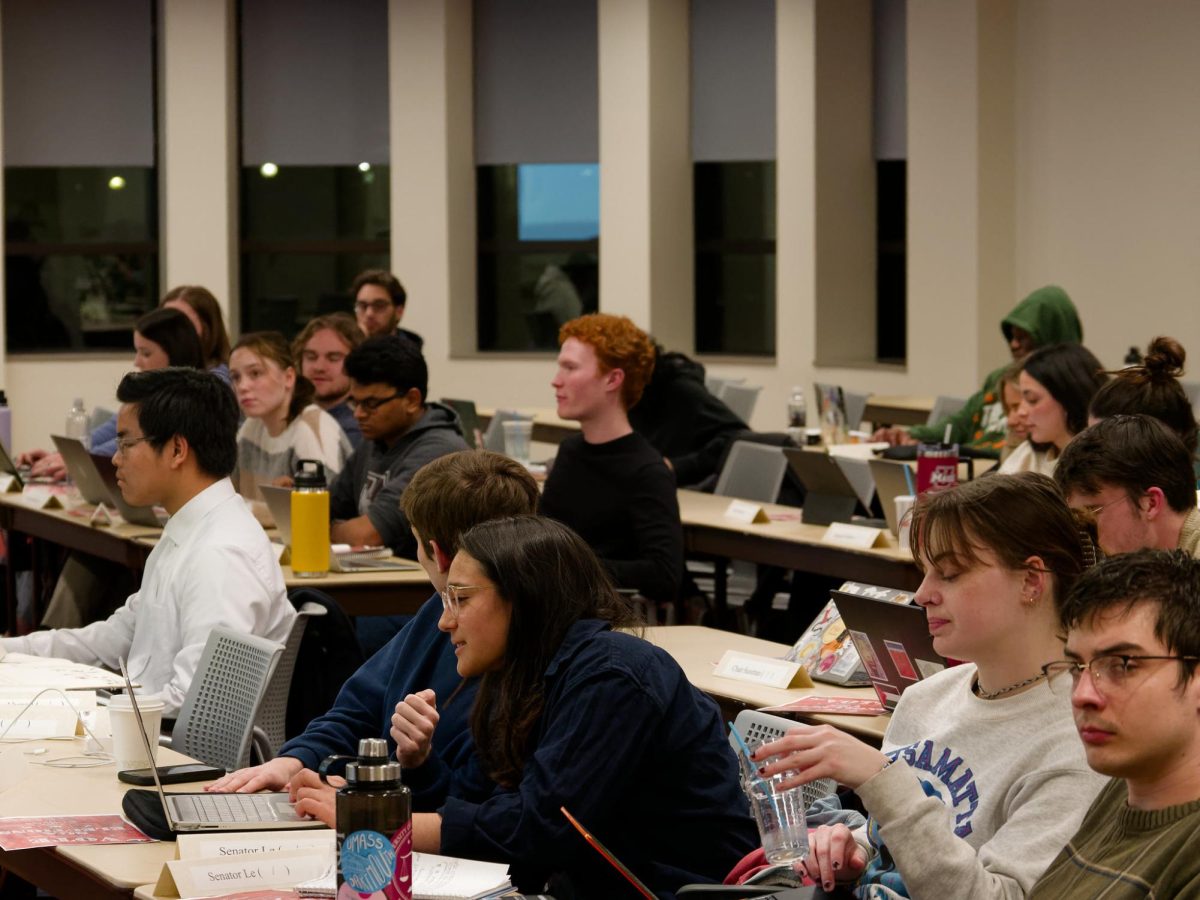The University of Massachusetts hosted a lecture on green housing equity on Wednesday in collaboration with Indiana University. The lecture was part of the ISSR Scholars program, which supports faculty members in the social sciences as they expand their research.
The presentation was led by Aaron Deslatte, an assistant professor in the O’Neill School of Public and Environment Affairs at Indiana University. Deslatte presented his research on strategies that local governments across the country can use to better incentivize green affordable housing policies and predict whether or not these areas are likely to adopt and maintain these policies in the future. Deslatte found that governments were more likely to implement green affordable housing policies through past experiences and allocation of resources.
“Aaron is a successful scholar, and his research focuses on enhancing local governments through sustainable community development,” Juniper Katz, a professor at UMass’s School of Public Policy, said.
According to Deslatte, housing is one of the biggest economic, social, and environmental problems in populated areas, whether it be urban or rural. Pursuing housing equity in a way that can combat economic and environmental disparity can help to maintain the development of cities.
“With local government sustainability, there’s an urgency that needs to be done,” Deslatte said.
According to Deslatte’s presentation, once cities reach a certain level of economic stability, they begin to prioritize other needs. But often, these needs are already neglected, and need to be addressed alongside economic viability. More incentives for green housing policies not only help improve local cities but also bridge the divide between urban and rural.
“A lot of the time you have these local governments that focus solely on economic development, and there’s less of an environmental focus,” Deslatte said. “But the two go hand in hand.”
The main problem with urging local governments to encourage green housing policies is that the funding and investments for the housing development are rare.
Metropolitan areas are fragmented, with wealthier residents moving into high end suburbs. This leaves behind low-income populations “increasing the dichotomy between urban and rural,” as Deslatte said. This creates little motivation for the suburban governments to provide affordable and equitable housing.
In Deslatte’s research, he has to take into account the racial and class biases as to why there is no progress for affordable housing, such as exclusionary zoning or low financial incentives for construction in rural areas.
Throughout the research process, research questions and mixed-method design were carried out by machine learning, asking questions such as, “Does past experience with housing and resources affect commitments to green housing?” and, “How are capabilities developed or altered to advance energy-efficient upgrades in a lower income community?” Python programming packages were used to construct this data.
“The machine learning methods help to show if we can predict local governments are going to commit to utilizing policy for housing,” Deslatte said.
In terms of what policies, they would use for housing prediction, the possible variables were taken from the 2010 National Survey of US Cities, designed to obtain information on sustainability initiatives, policy tools, governance mechanisms and participation of stakeholders. These features included green organizations, sustainability offices, neighborhood organizations, citizen commissions and population density.
DeSlatte and his colleagues deduced from their data that local housing incentives is the most important predictor for green housing equity.
More on Deslotte and his research can be found here.
Olivia Capriotti can be reached at [email protected].




















